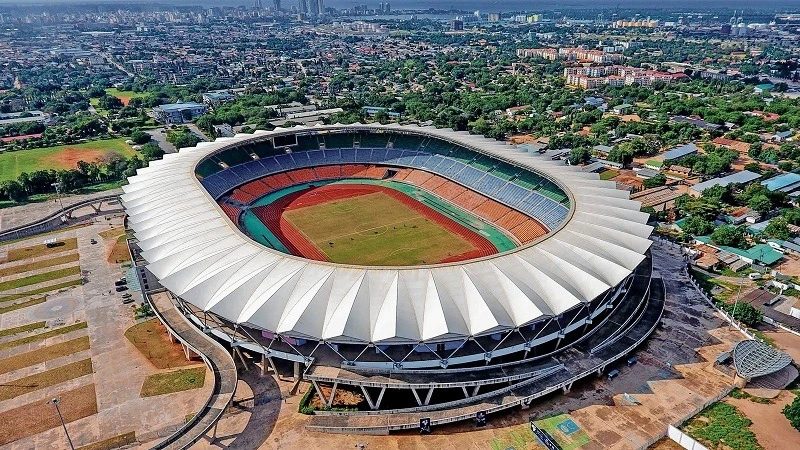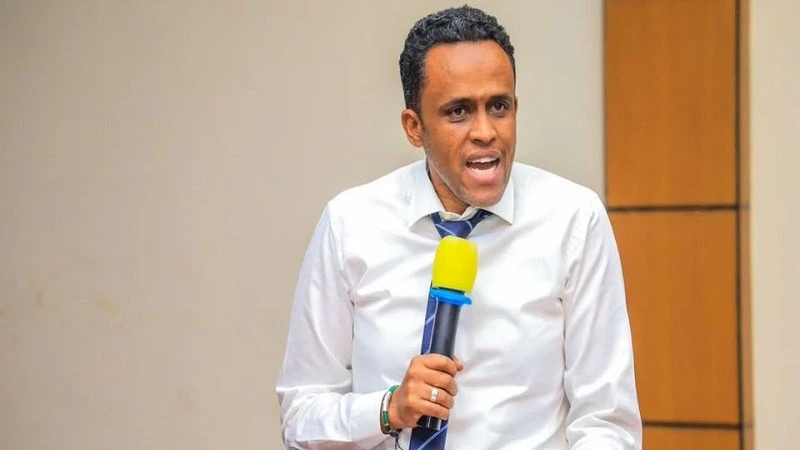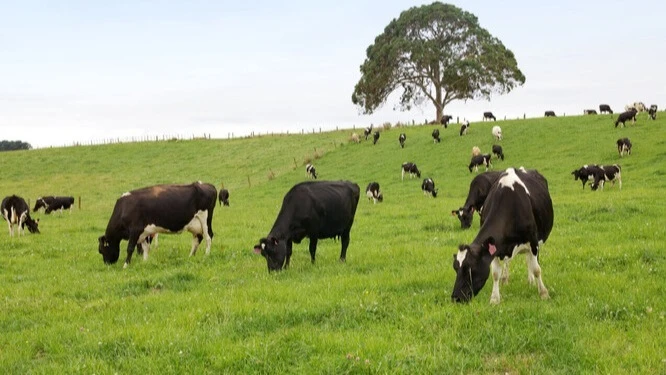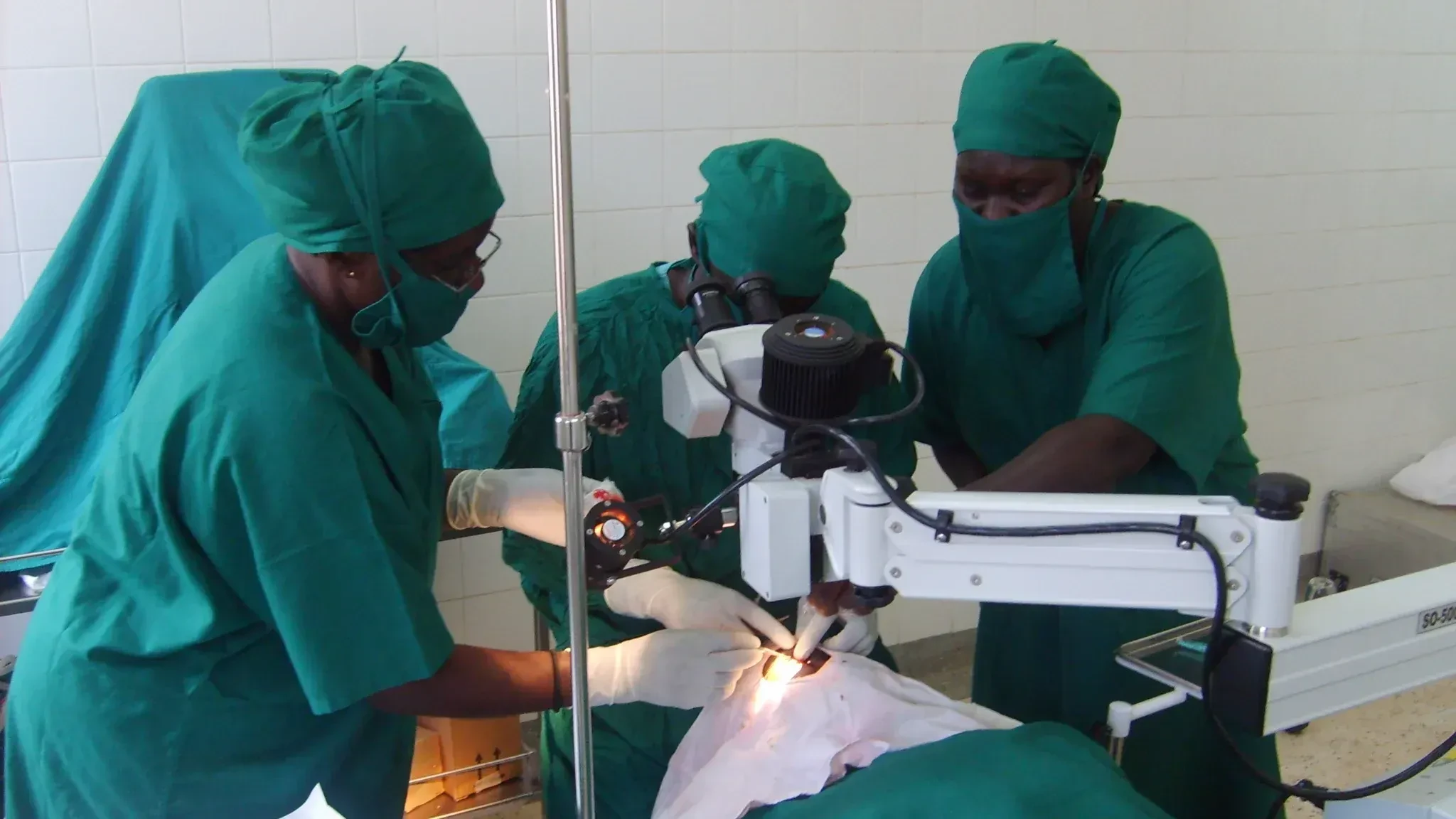When rural communities really start grasping PPP model, progress sticks

THE national Uhuru Torch Race team is reported to have praised the effectiveness demonstrated by public-private partnerships (PPPs) in tackling rural development challenges, especially in improving access to potable water in underserved communities.
That isn’t quite habitual as there are few PPP projects in urban areas, while the said team is describing a water project at Kwedizinga in Handeni District as a lifeline initiative.
And why not, as the project is reported to have given promise of ending a long-standing water crisis in the area that would perhaps have otherwise taken years to resolve.
The project is said to represent hope for the people of Kwedizinga and stand as a clear example of how collaboration between the government and its development partners can deliver transformative change.
The initiative was funded by World Vision Tanzania and executed in partnership with Arusha Drilling Co, Engineering Plus Co. Ltd and Viva Top Wonders Co., with construction starting April 5, 2024 taking precisely one year to April 30, 2025.
President Samia Suluhu Hassan meanwhile launched a project in Mwanga/Same/Korogwe districts that started in 2014 and was ready recently.
The contrast is intended to illustrate how a PPP project, once passed for implementation, takes to its feet more or less immediately for it does not wait for substantial funding from the government.
The Handeni project isn’t typical PPP as it was mostly funded by the country’s development partners, the difference being that the money was apparently not handed to government authorities to administer.
The completed project was handed over to the Handeni Rural Water and Sanitation Authority office, itself in turn “delegating” it to the Kwamgwe community-based water authority. In that sense again, this is not a typical PPP project as its management is just tied to inclusion.
In a typical PPP project the total cost of 269.46m/-, where in this case World Vision Tanzania contributed 267.66m/-, would itself be a loan or credit to be repaid – and here inclusive mechanisms to local water authorities would not work.
It implies that the PPP format is making inspiring headway at the communication level and officials or development agencies in different environments try out the method.
In this particular instance, it was fairly easy to arrange since World Vision isn’t a lender in water or other projects. So, despite the praise by the Uhuru Torch team, PPP hasn’t exactly arrived in the district as the funds will not be repaid – unlike bank credit.
What the Handeni project illustrates is how rapidly projects can be tackled when the decision-making and implementation depends on interested financing agencies, professional project executors and specific agencies at the local level.
What was eliminated was the district council and water authority, bystanders helping with facilitating the project at the regulatory level without holding the purse strings. There are important lessons here.
Top Headlines
© 2025 IPPMEDIA.COM. ALL RIGHTS RESERVED

















